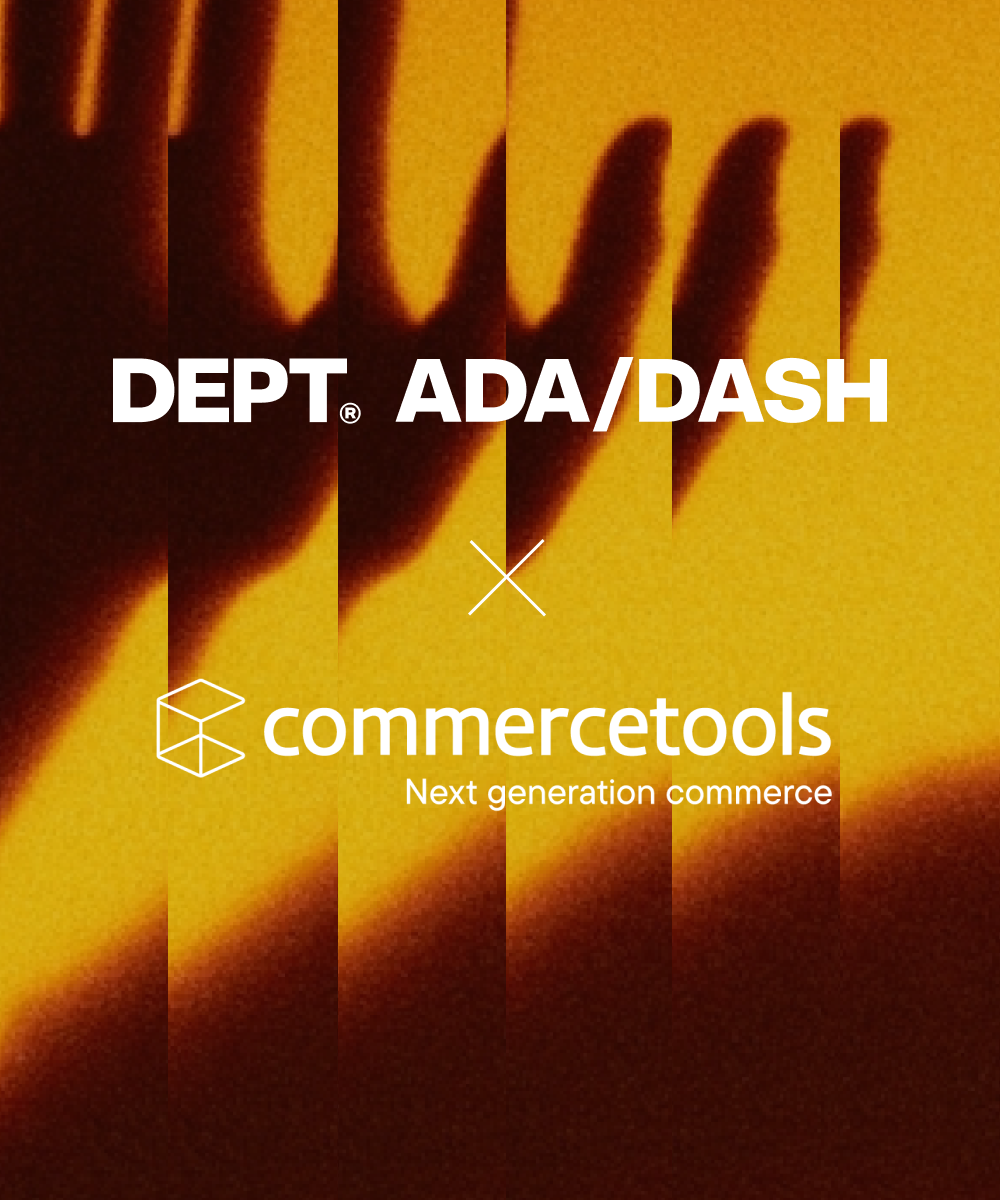Nonstop maintenance and patching of monolithic systems can hamper e-commerce growth and innovation. Even the smallest changes in code can lead to complex refactoring, downtime, and potential loss of revenue. If these problems ring true, your brand should consider the MACH approach to e-commerce.
MACH (microservices, API-first, cloud-native, headless commerce) architecture offers a revolutionary approach to building stores that are fast, scalable, and flexible. It empowers you to build a modern, future-proof platform, adapt quickly to changing market trends, and embrace the limitless possibilities of modern e-commerce.
As members of the MACH Alliance, we’re seen firsthand how e-commerce brands can tap into cutting-edge technologies, implement composable architectures, and stay ahead.
Here are the main benefits MACH will bring to your online store:
Microservices: The power of modularization
At the heart of MACH architecture lies microservices, an architectural style that breaks down an application into small, independent services. Each microservice handles a specific business function, enabling developers to work on individual components without impacting the entire system.
This modularity brings several advantages to e-commerce:
- Scalability: Microservices allow for horizontal scaling, so you can add more instances of a particular service to handle increased traffic and demand that doesn’t affect other services.
- Speed and performance: Because microservices are independent, they can be deployed and updated separately. This leads to faster development cycles and better performance.
- Fault isolation: If one microservice fails, the rest of the system remains unaffected, ensuring higher reliability and fault tolerance.
Microservices empower you to swiftly create, launch, and iterate on your store’s MVPs (minimum viable products). Using it, you no longer need to substantially invest in every product you develop or test.
This capability allows you to experiment with ideas, validate them, and gather insights before committing significant resources to full-scale implementations. As a result, you can reduce costs and save valuable resources for all stakeholders involved.
API-first: Seamless integration and extensibility
The API-first approach is another core principle of MACH architecture. It emphasizes the significance of APIs in connecting different systems and services. APIs act as bridges between various microservices, enabling smooth data exchange and facilitating seamless integrations with third-party services and tools.
With API-first design, your e-commerce business can:
- Easily integrate with payment gateways, shipping providers, and other essential services without extensive custom development.
- Experiment with new features and functionalities by plugging in external APIs, without disrupting the existing architecture.
- Adapt and evolve your online store to meet changing market trends and customer demands.
With this API-driven approach, you can connect and deliver services through any front-end channels you desire. This will help you seamlessly incorporate popular shopping channels to foster continuous sales growth.
Cloud-native: Embracing cloud computing
Cloud-native infrastructure provides flexibility and scalability of cloud computing. By leveraging it for your online store, you can:
- Scale resources dynamically, accommodating traffic spikes and seasonal fluctuations effortlessly.
- Reduce infrastructure costs by paying only for the resources you use, without the burden of maintaining and managing physical servers.
- Improve security and data redundancy, as cloud providers offer robust data protection measures and backup solutions.
If you utilize the cloud, you will no longer need to invest in your own high-speed processing capabilities. Instead, you’ll be able to rely on the unmatched processing power of cloud vendors.
Headless commerce: Separation of frontend and backend
Headless commerce emphasizes the separation of the frontend presentation layer from the backend e-commerce functionalities. This decoupling allows you to deliver consistent and personalized customer experiences across multiple touchpoints, including web, mobile, voice, IoT devices, and more.
Headless commerce benefits include:
- Omnichannel capabilities: With a headless approach, you can extend your e-commerce reach to various platforms, devices, and emerging technologies.
- Faster time-to-market: Frontend developers can work independently and experiment with user interfaces without affecting backend logic, reducing development time.
- Enhanced personalization: You can tailor customer experiences based on real-time data and preferences, driving customer loyalty and satisfaction.
The flexibility of choosing any DXP (digital experience platform), language, and architecture will give you the possibility to create highly personalized customer journeys and cater to individual buying patterns.
Making the switch to MACH also eliminates the need for frequent re-platforming. Once adopted, you’ll gain the freedom to continuously add and replace solutions without disrupting the store’s operations or incurring excessive costs.
Altogether, this will empower you to scale and evolve in a dynamic e-commerce landscape without limitations.





